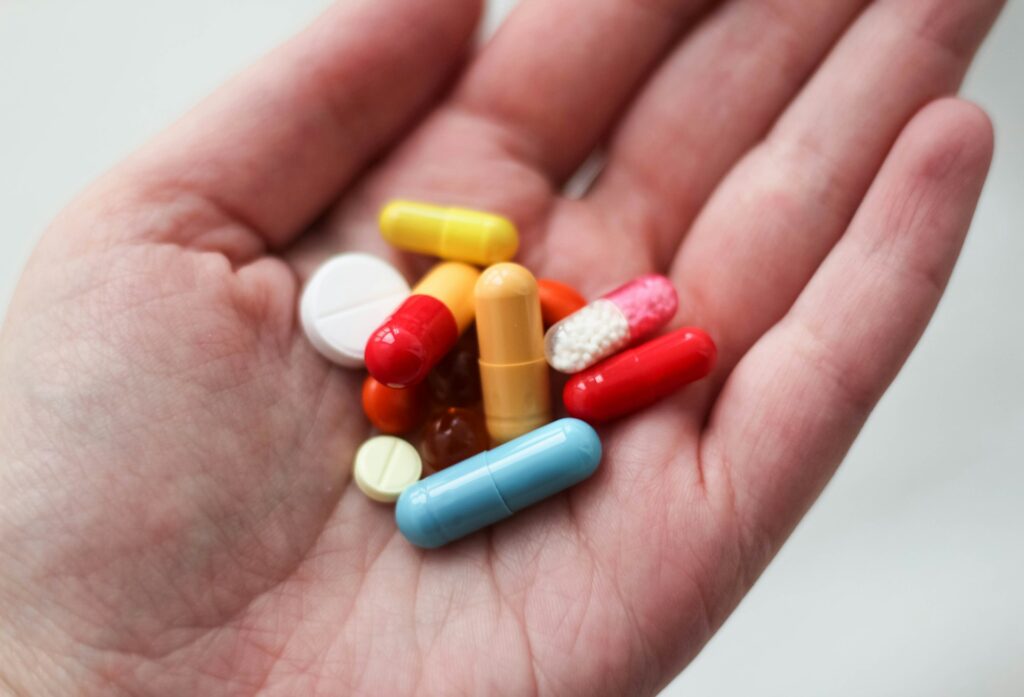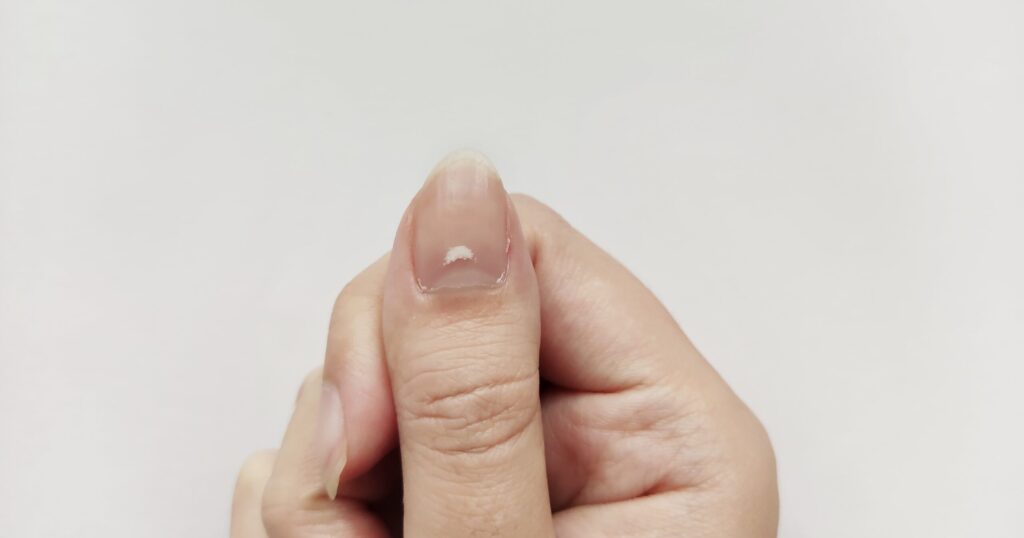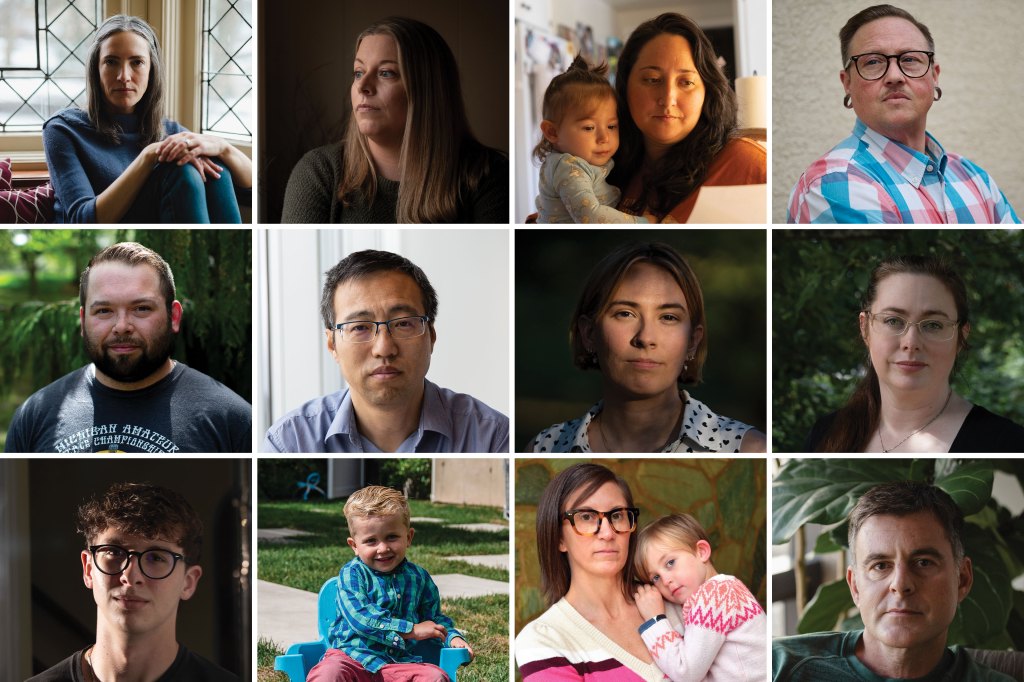Covid Is Still With Us, but the Guidance Has Changed. Here’s What to Know if You’re Exposed.

Health News tamfitronics
President Joe Biden tested positive for covid-19 last week, but his symptoms were reportedly mild. With covid still circulating and putting Americans at risk, KFF Health News reviews the latest safety guidelines from the Centers for Disease Control and Prevention.

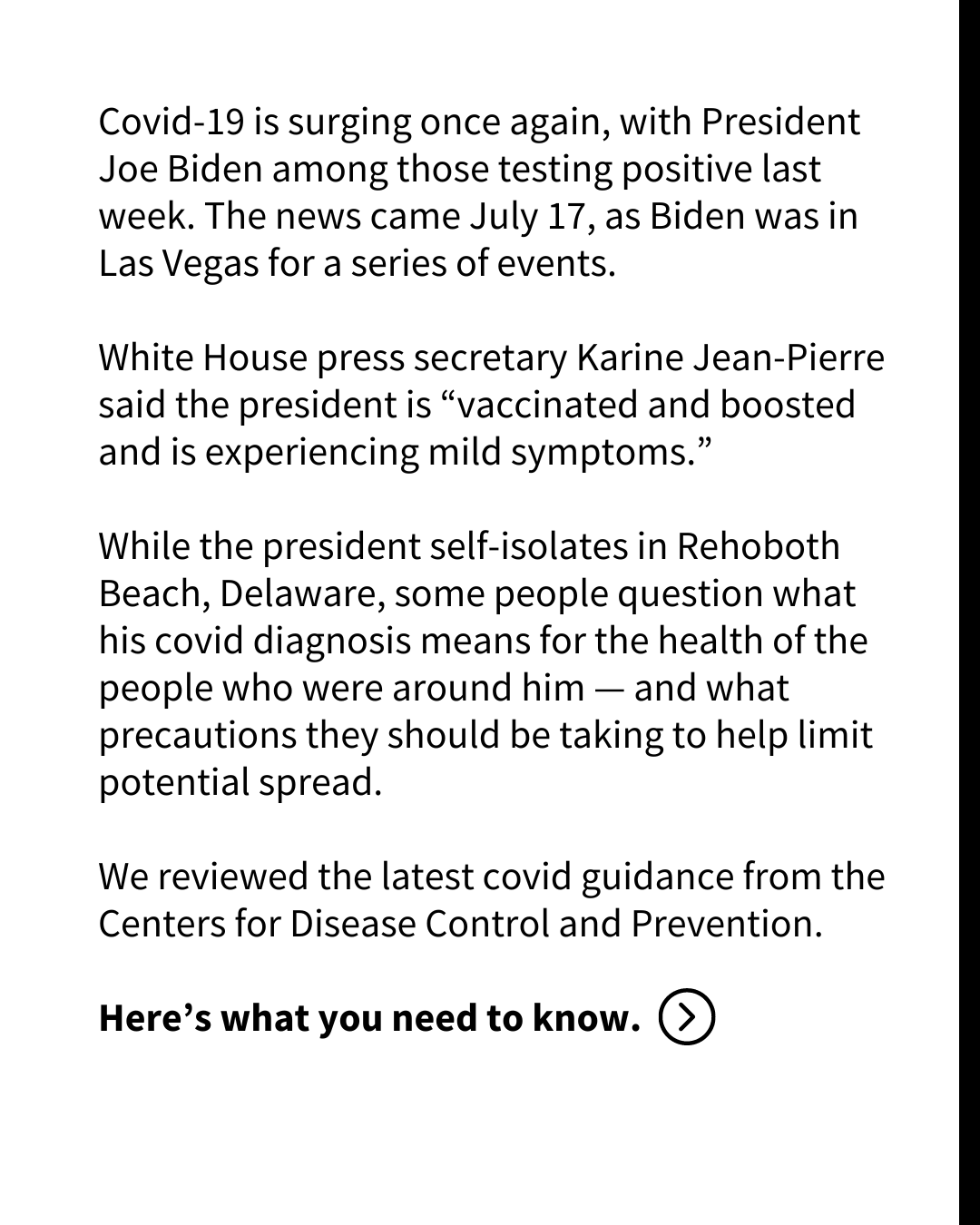
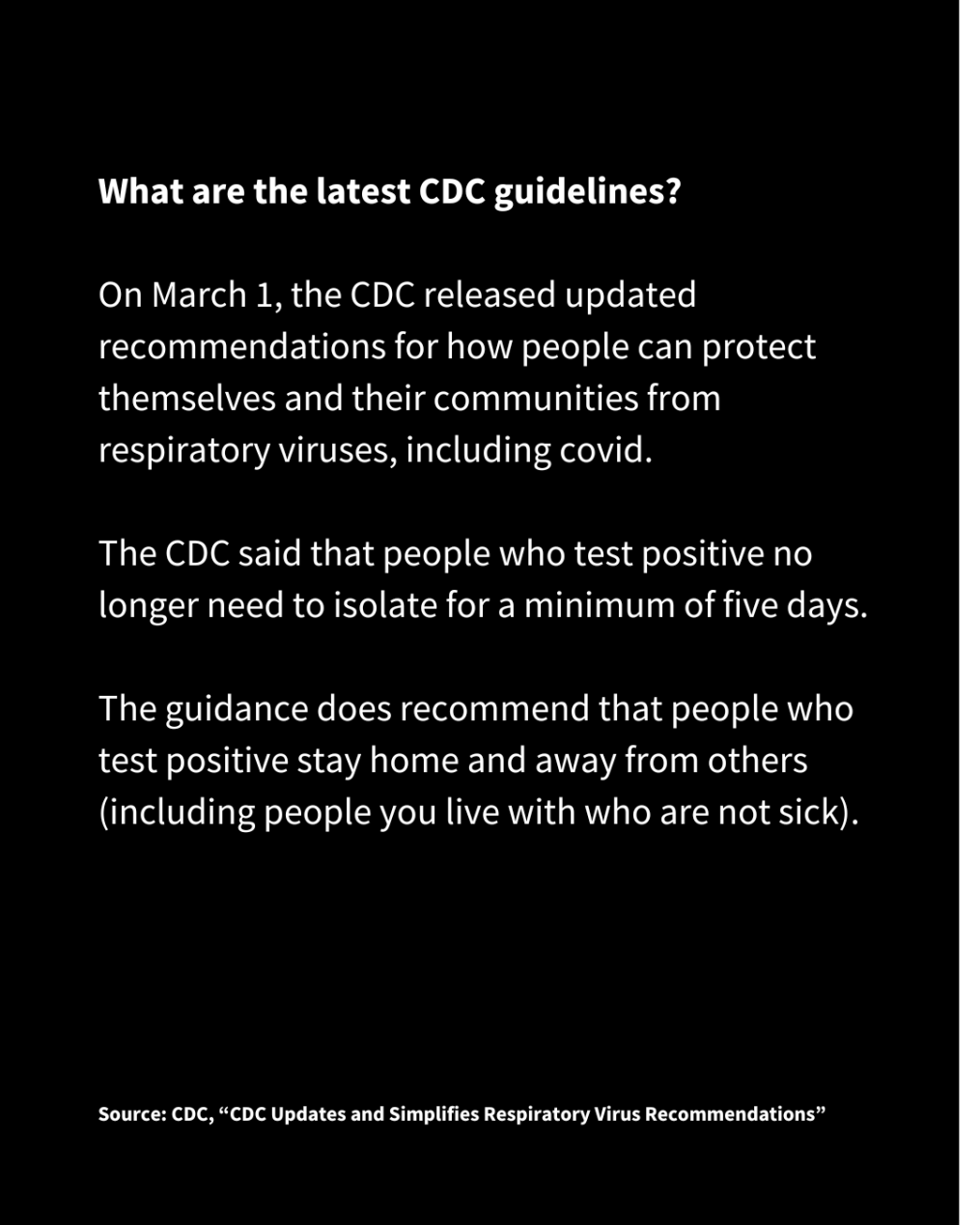
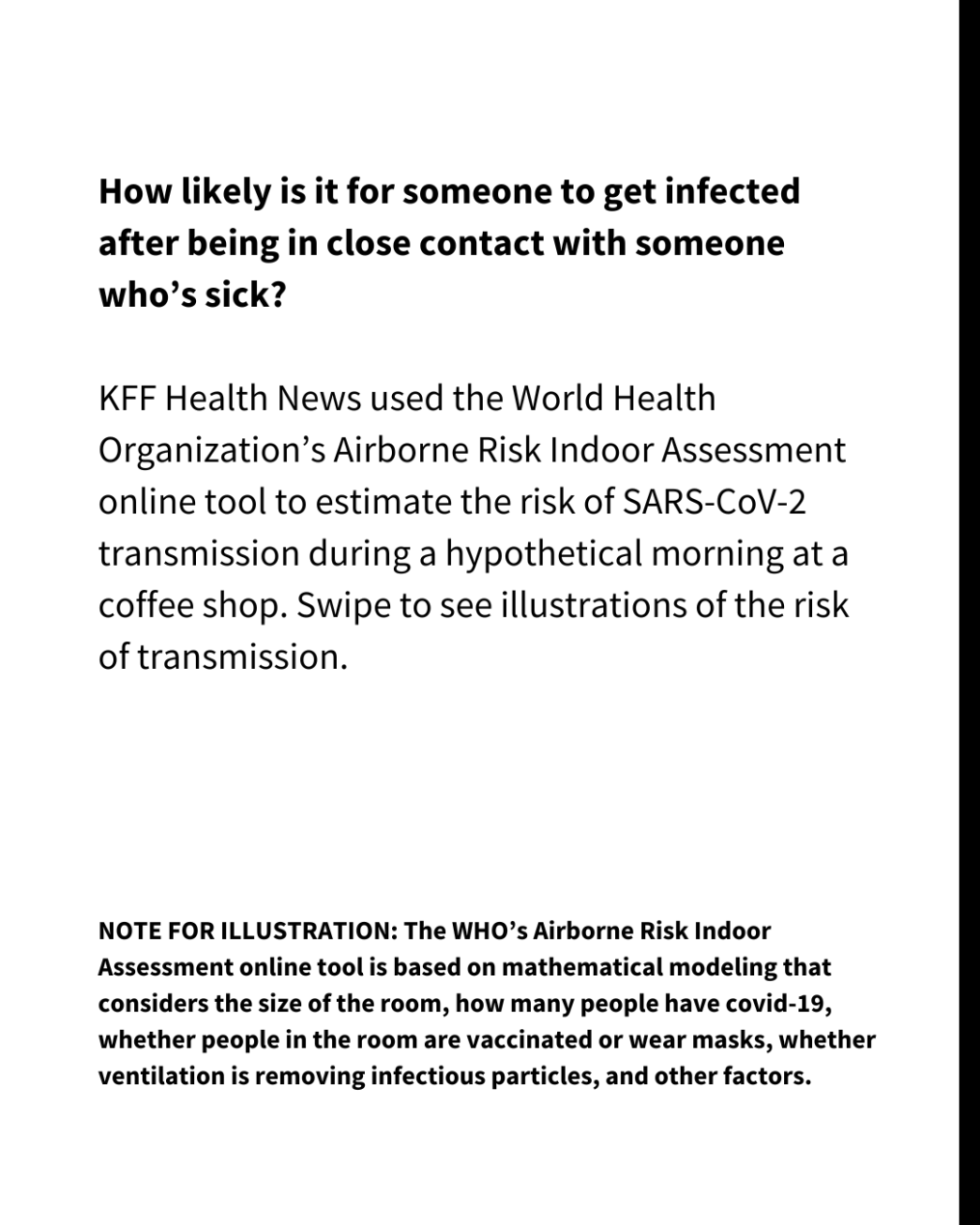
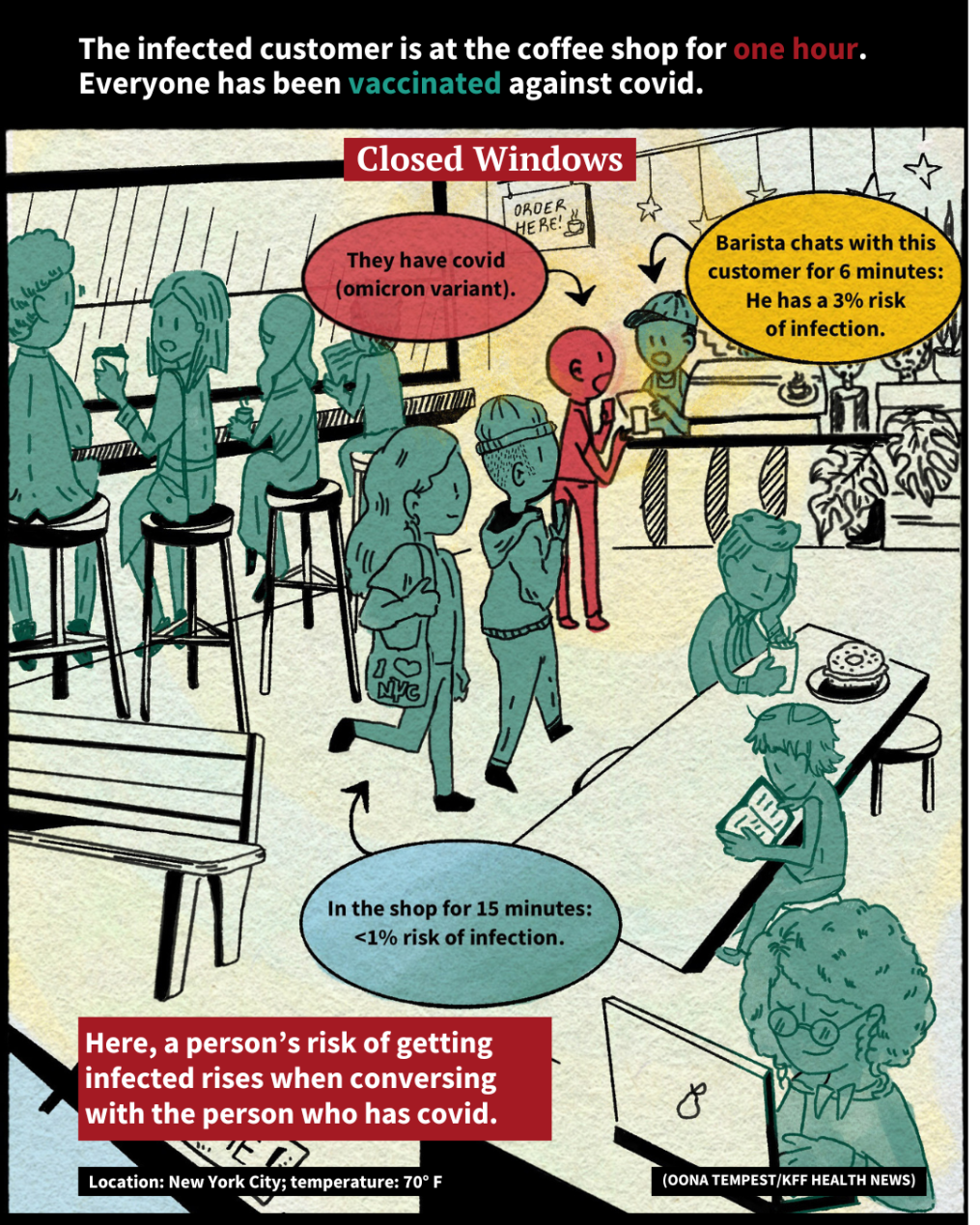
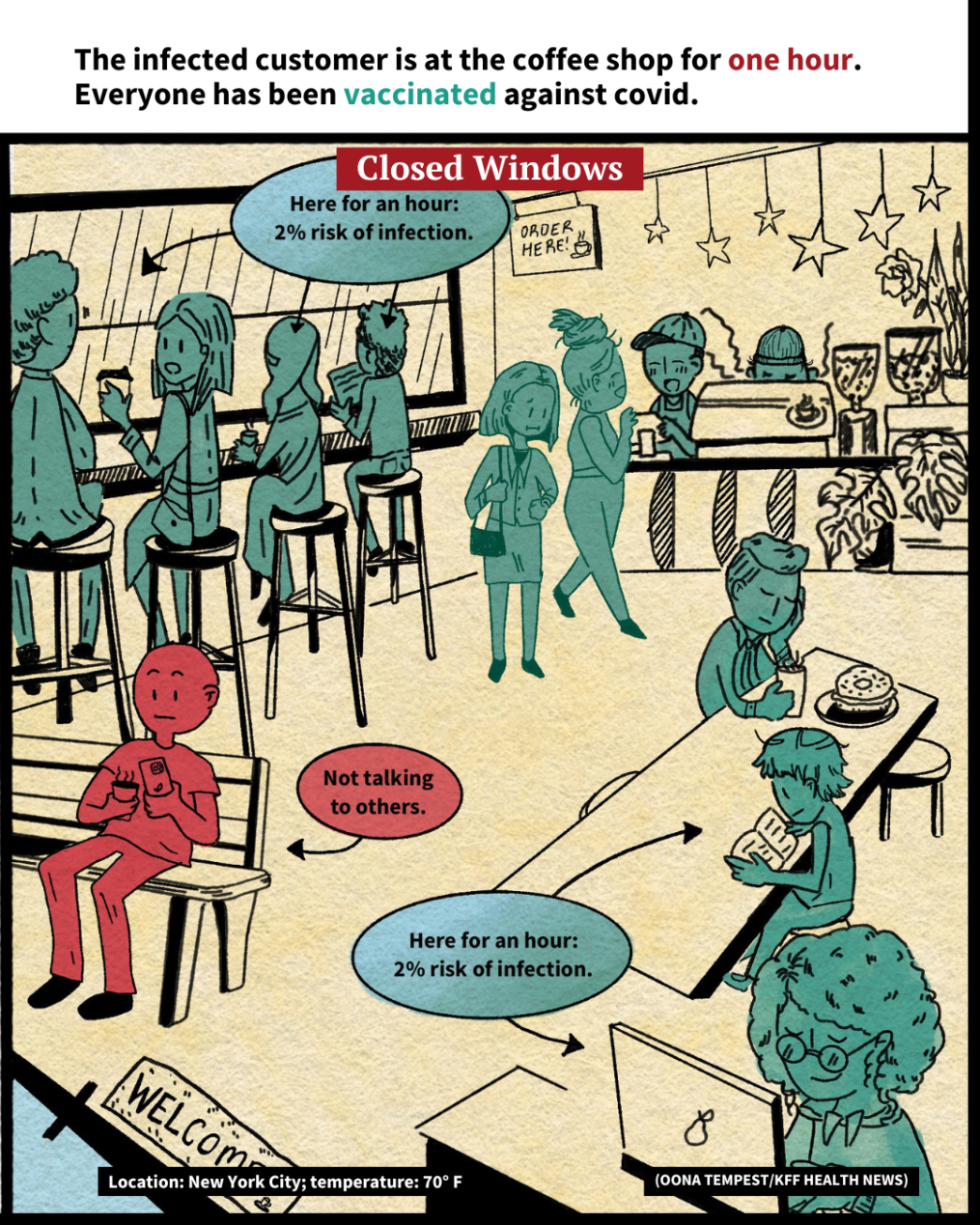
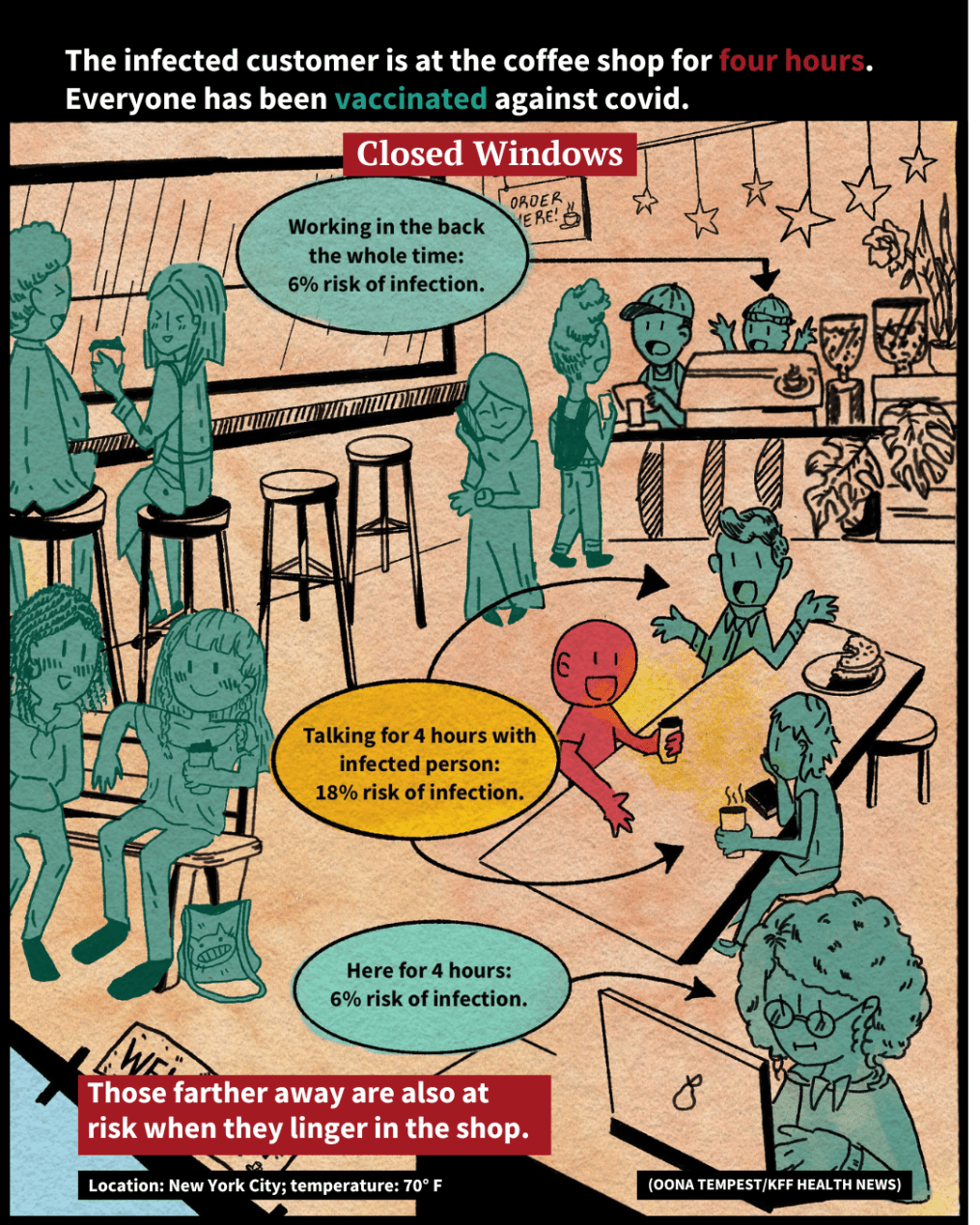
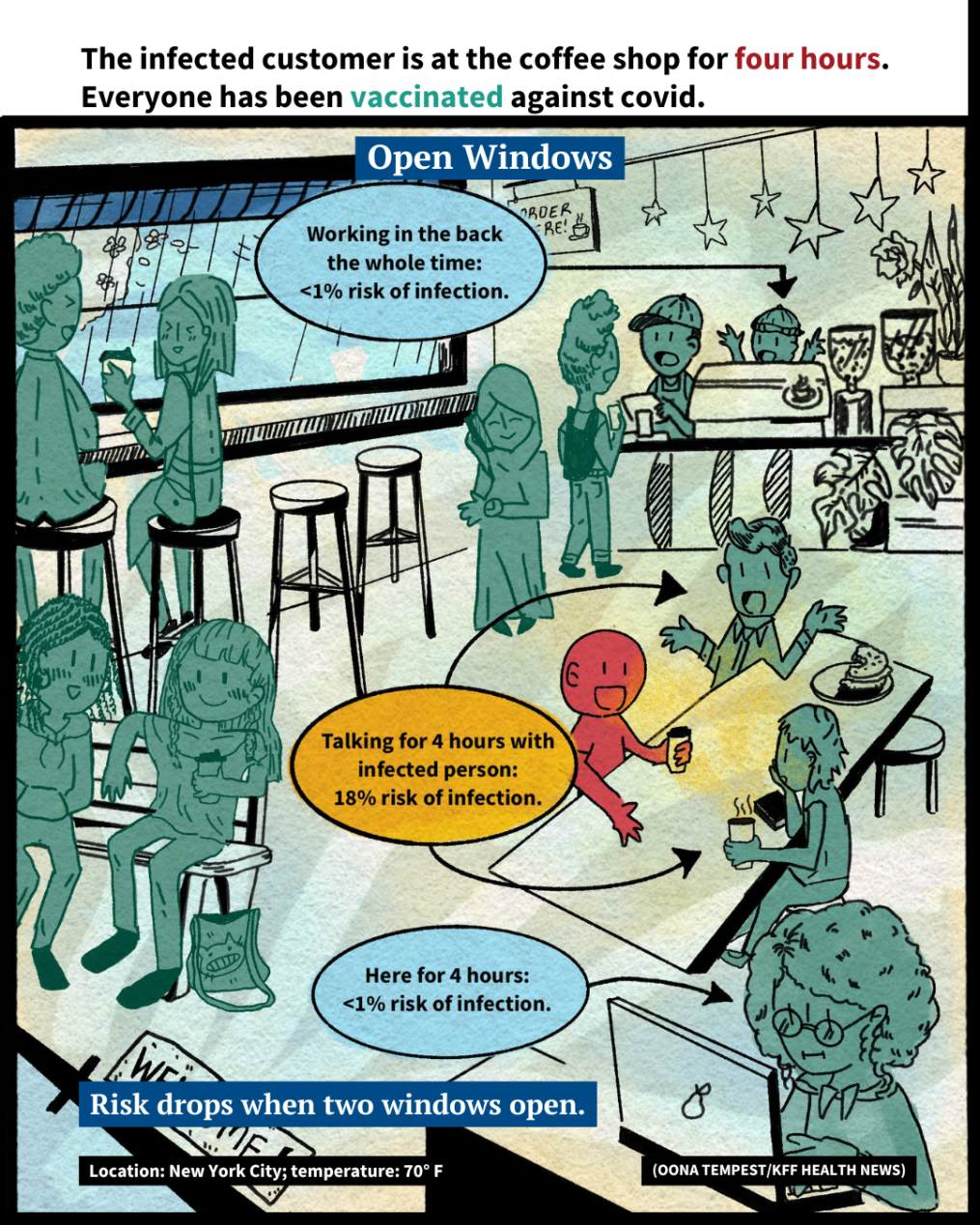
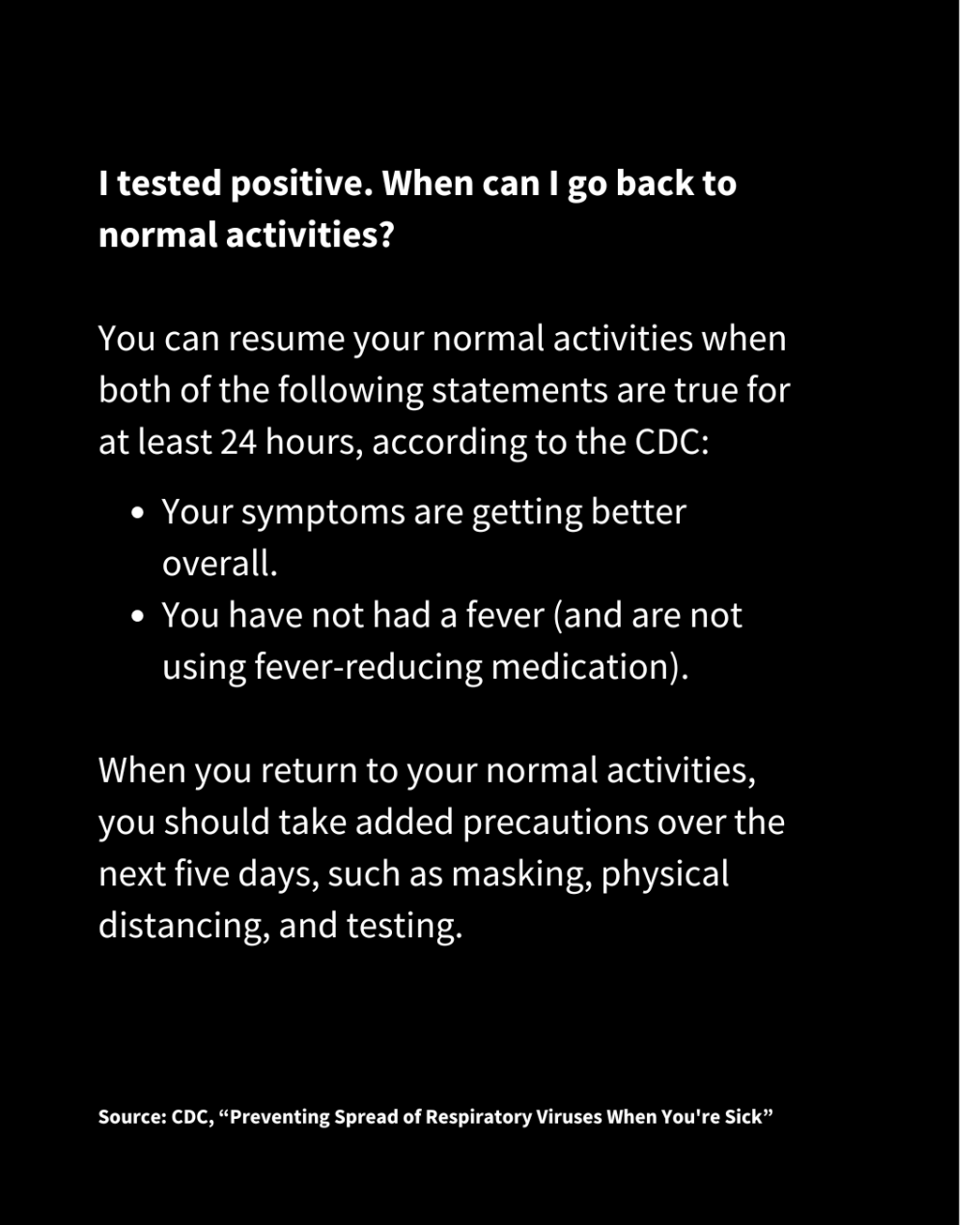
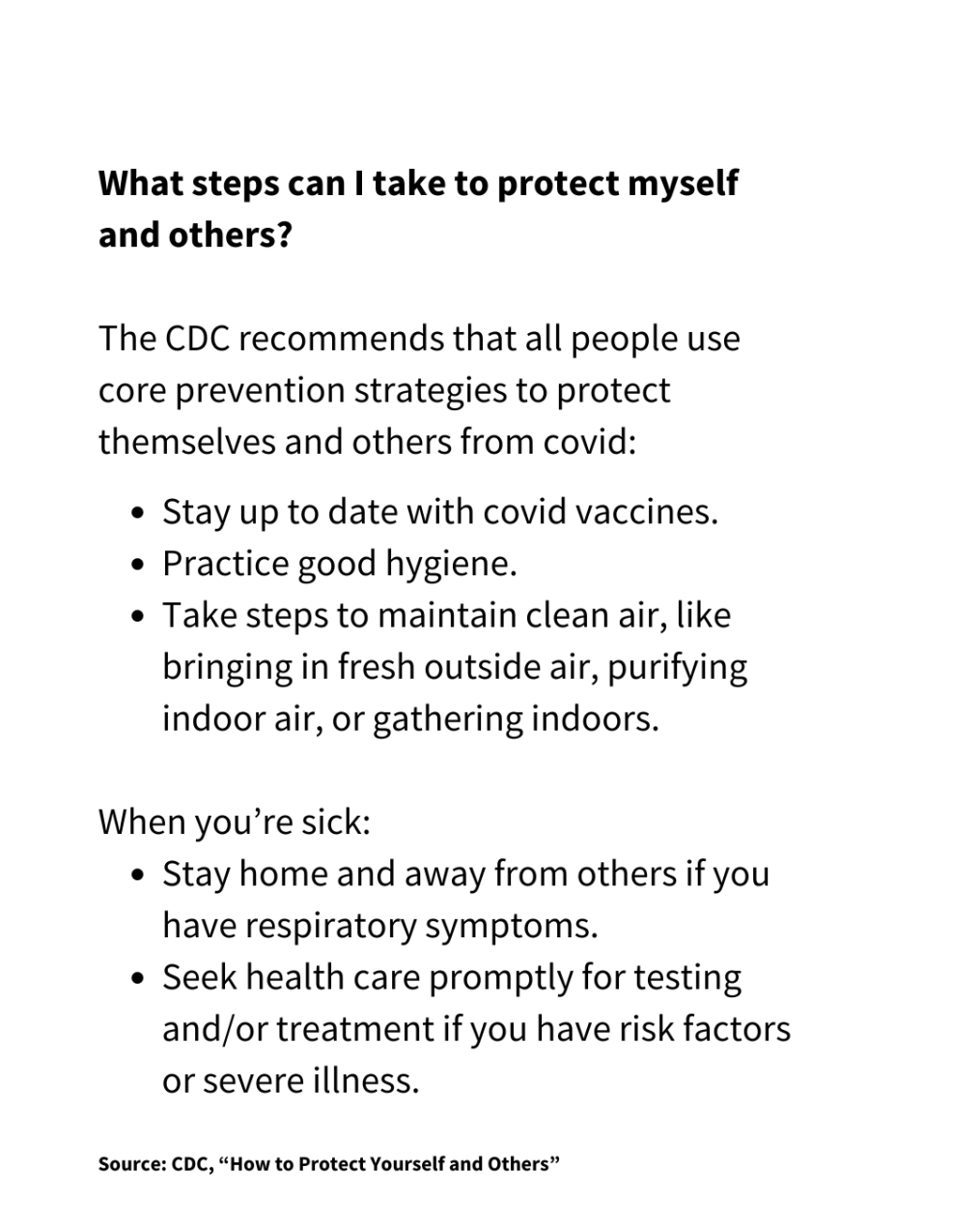
This slide presentation first appeared on KFF Health News’ Instagram account. Click here to follow us on Instagram for more health policy news.
Discover more from Tamfis Nigeria Lmited
Subscribe to get the latest posts sent to your email.



 Hot Deals
Hot Deals Shopfinish
Shopfinish Shop
Shop Appliances
Appliances Babies & Kids
Babies & Kids Best Selling
Best Selling Books
Books Consumer Electronics
Consumer Electronics Furniture
Furniture Home & Kitchen
Home & Kitchen Jewelry
Jewelry Luxury & Beauty
Luxury & Beauty Shoes
Shoes Training & Certifications
Training & Certifications Wears & Clothings
Wears & Clothings









